World tour: the 2016 Venice Architecture Biennale’s national participations

While the Padiglione Centrale and Arsenale’s centrally curated part of the Venice Architecture Biennale is half the point (and fun) of the grand celebration, the event’s numerous national participations, spanning locations in and out of the official sites, provide the all-important global context and other half. Responding to Alejandro Aravena’s 2016 theme, 'Reporting From The Front', some 60-plus countries took part this year, presenting a show that is rich, layered and varied.
Thirty or so national participations are spread across the Arsenale complex’s various buildings and other locations across Venice, forcing the visitor to take a thoroughly welcome stroll through the magical canal city. As always, the Giardini park hosts some 30 of the biennale’s constants – including this year’s Golden Lion for Best Pavilion winner, Spain. Entitled ‘Unfinished’, the Spanish display, curated by the architects Iñaqui Carnicero and Carlos Quintáns, looks at the country’s economic and construction crisis, urging for ways to turn a difficult situation into a positive one through an attractive and thought provoking combination of design and photography.
Several more shows offer a well-planned, eye-catching installation. Australia’s ‘The Pool’ – a full scale paddling pool – was the perfect spot to relax and take on the role of one of the country’s key cultural institutions; while Belgium’s ‘Bravoure’ show depicts examples of craftsmanship within the mundane and in the context of our economically-challenged times, through full-scale mock-ups and beautiful shots by photographer Filip Dujardin.
Meanwhile, execution aside, simply by taking note of each pavilion’s chosen theme, a map of the key issues dominating architectural debate in each country soon emerges. Migration, asylum and the refugee crisis take centre stage at the German and Finnish pavilions, while the Dutch offers an arresting study in blue; an exploration of the architecture of peacekeeping missions. The Brits identify housing as their key theme. This also appears in Japan and Korea's participations – though seen through very different means and angles, adding urban density, social issues and regulatory constraints to the mix.
The US presents a series of architectural proposals for Detroit, using the North American city as a case study for their response to urban and socioeconomic issues. Greece aims to touch upon almost all of the above themes, while Denmark and the Nordic Pavilion look into their countries’ legacy and future. France investigates transformation in ordinary, everyday locations and neighbourhoods. Turkey’s Pavilion, 'Darzanà', focuses on dockyards, ports and cultural interchange between countries, represented through a fascinating deconstructed vessel, hanging from the Arsenale’s Sale d’Armi.
This was also a Biennale of firsts – the Seychelles, Nigeria, the Philippines, Yemen and a trio of Baltic countries all created debut displays for the show.
In addition, a brand new pavilion made its appearance within Giardini. Solo Galerie teamed up with Chilean architects Pezo von Ellrichshausen to create 'Vara', a deep green, labyrinthine concrete structure, nestled among the national participations – the first ever of this scale to pop up in the park.
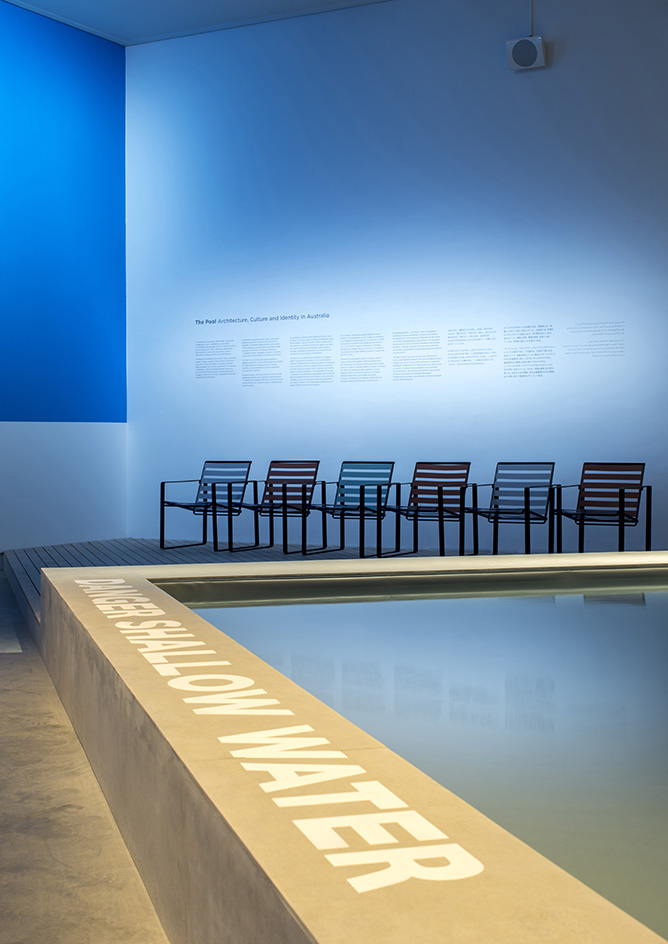
The installation, consisting of a full scale paddling pool, was conceived by Aileen Sage Architects' Amelia Holliday and Isabelle Toland, with Michelle Tabet.
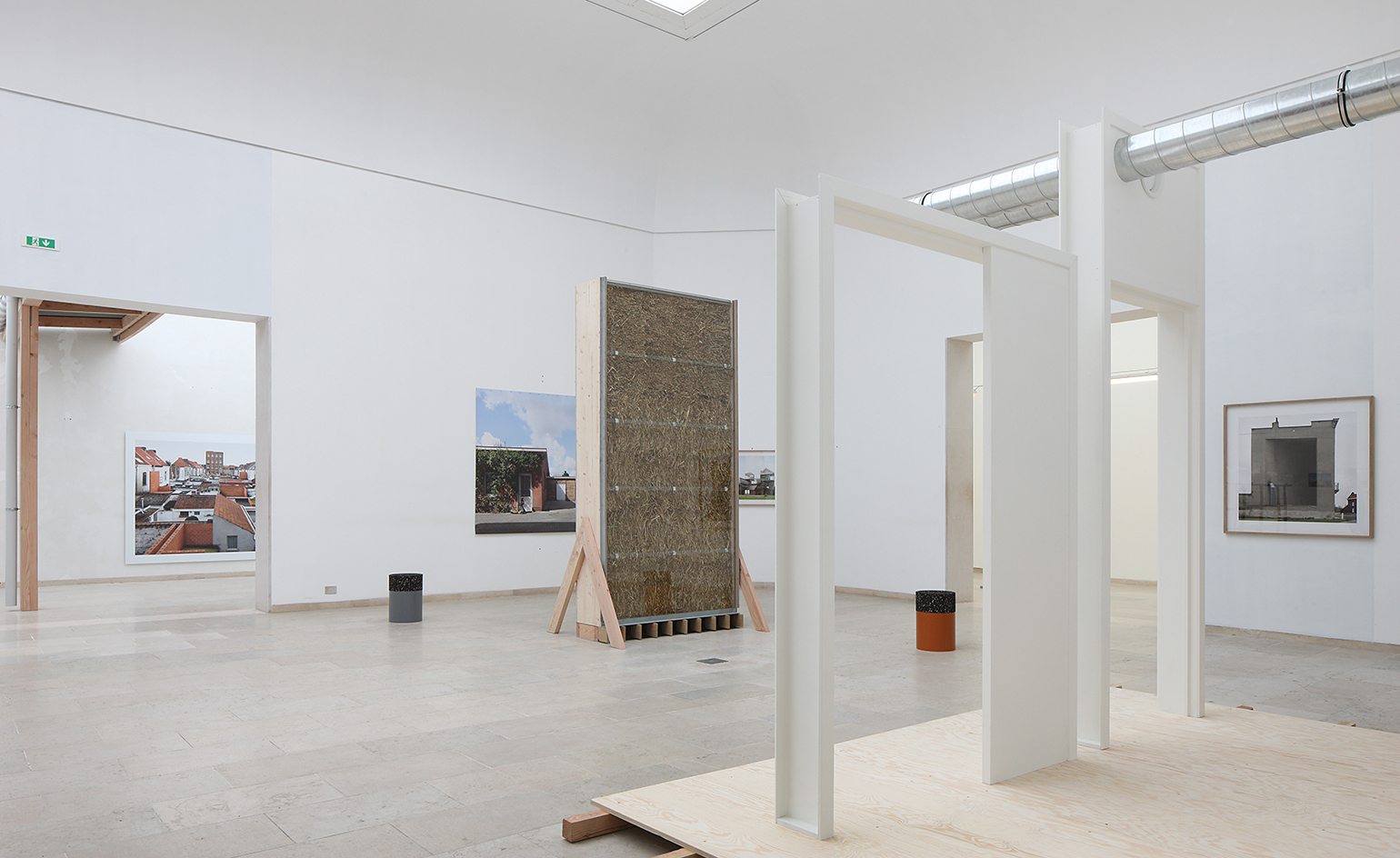
Belgium's national pavilion, entitled 'Bravoure', investigates the idea of craftmanship in everyday life – and architecture – particularly in our financially troubled times
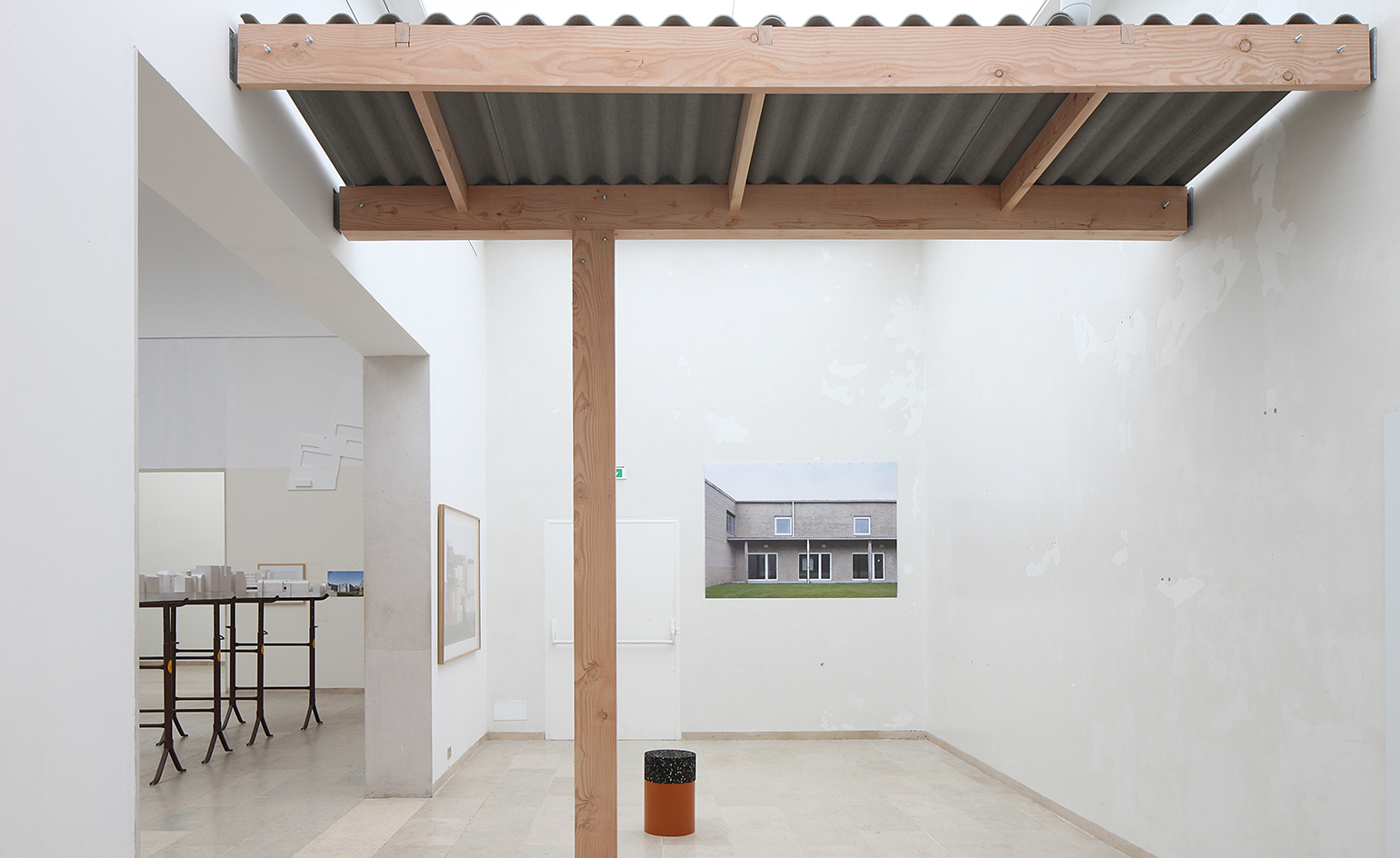
The show is combination of full scale mock ups of examples of craftsmanship in Belgian architecture and beautiful
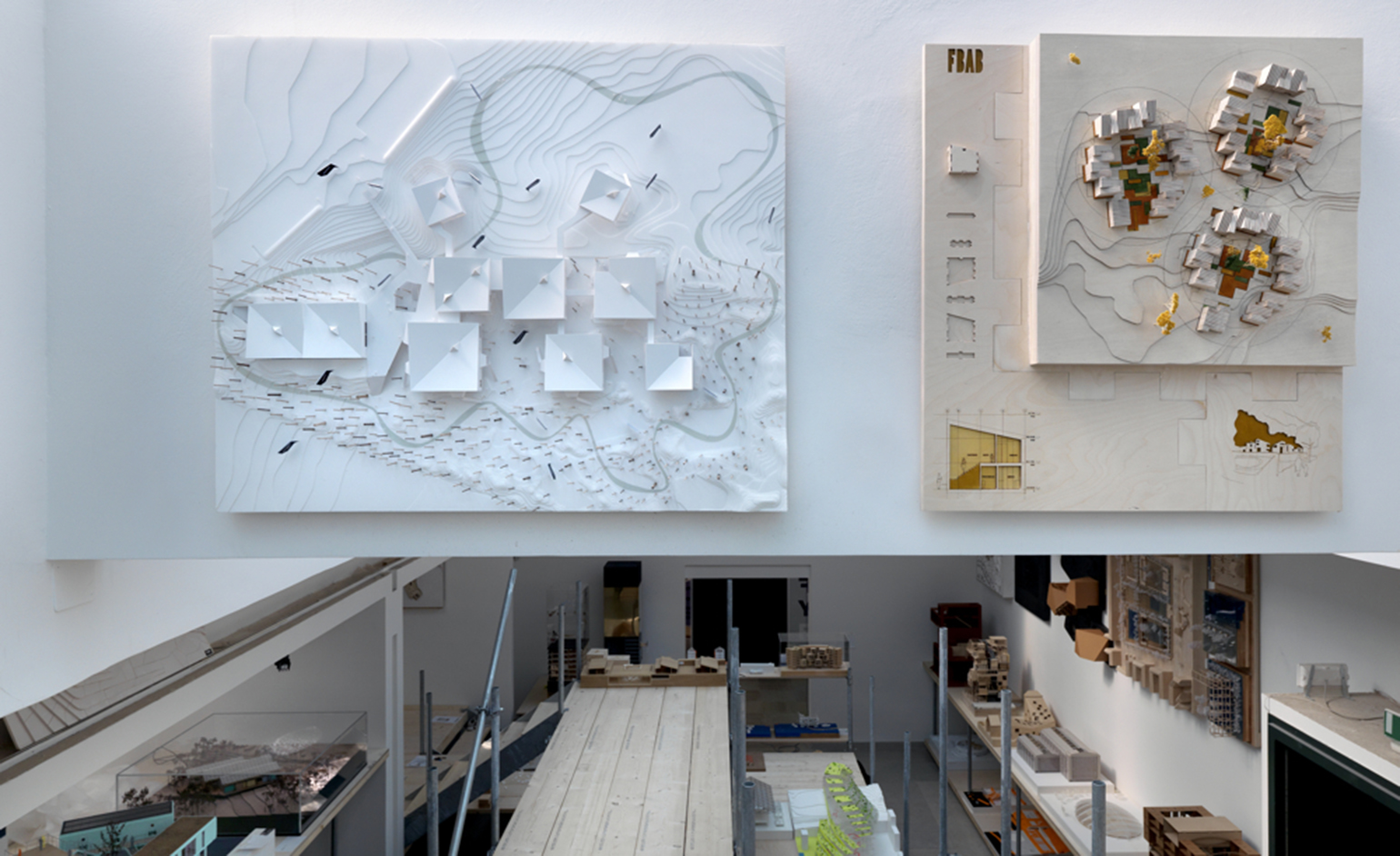
The Danes created an exhibition showcasing examples of their country's most inspiring modern architecture. The result? A pavilion chock-full of models and projects – the more time you have to spend on it, the better

The Finnish Pavilion in the Giardini investigates ideas of migration and borders.
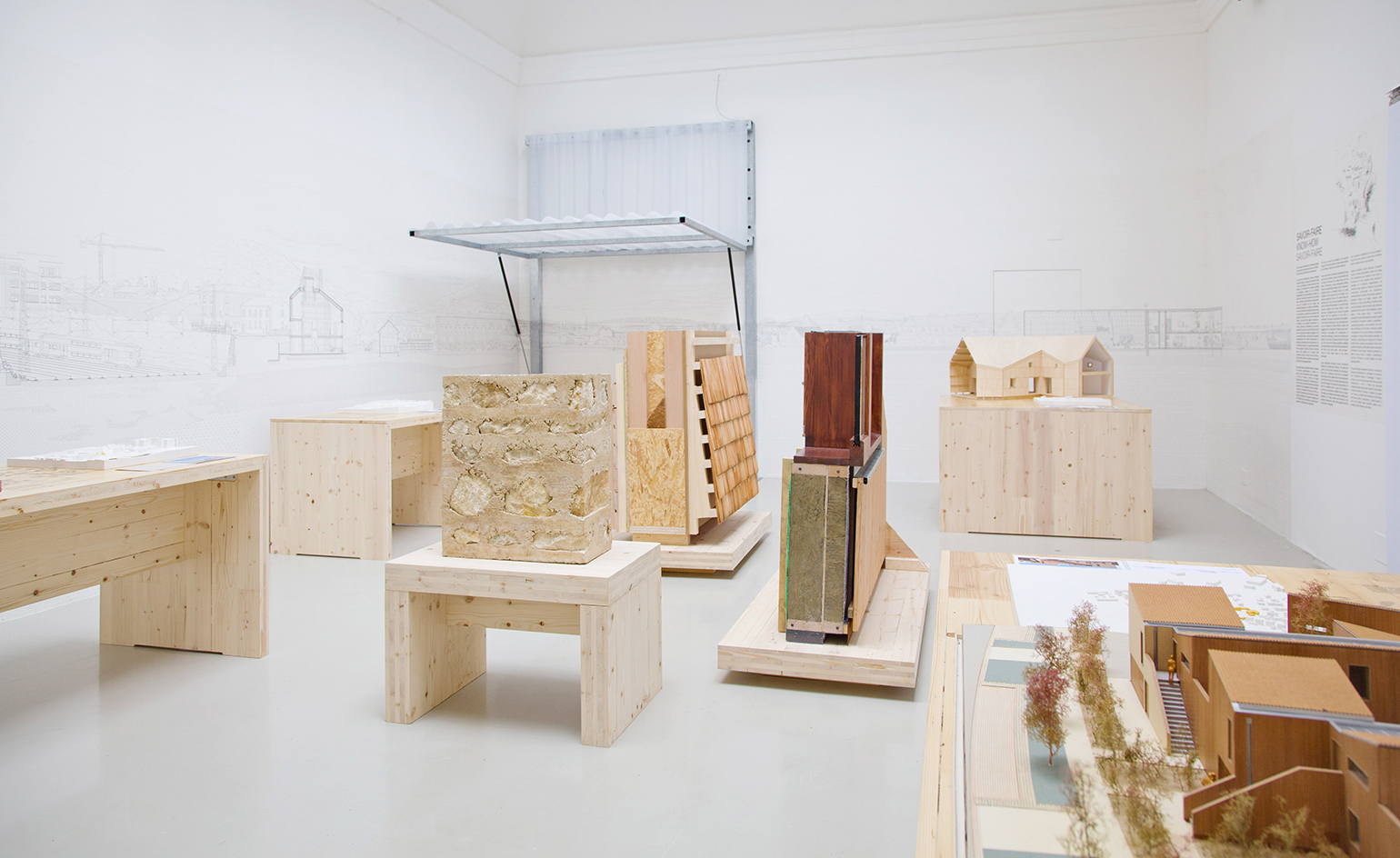
Ordinary and everyday neighbourhoods and territories with the capacity to transform dominated the French entry, also in the Giardini

The space was curated by OBRAS and Collectif AJAP14 in a show entitled 'The New Riches', referring to hidden potential
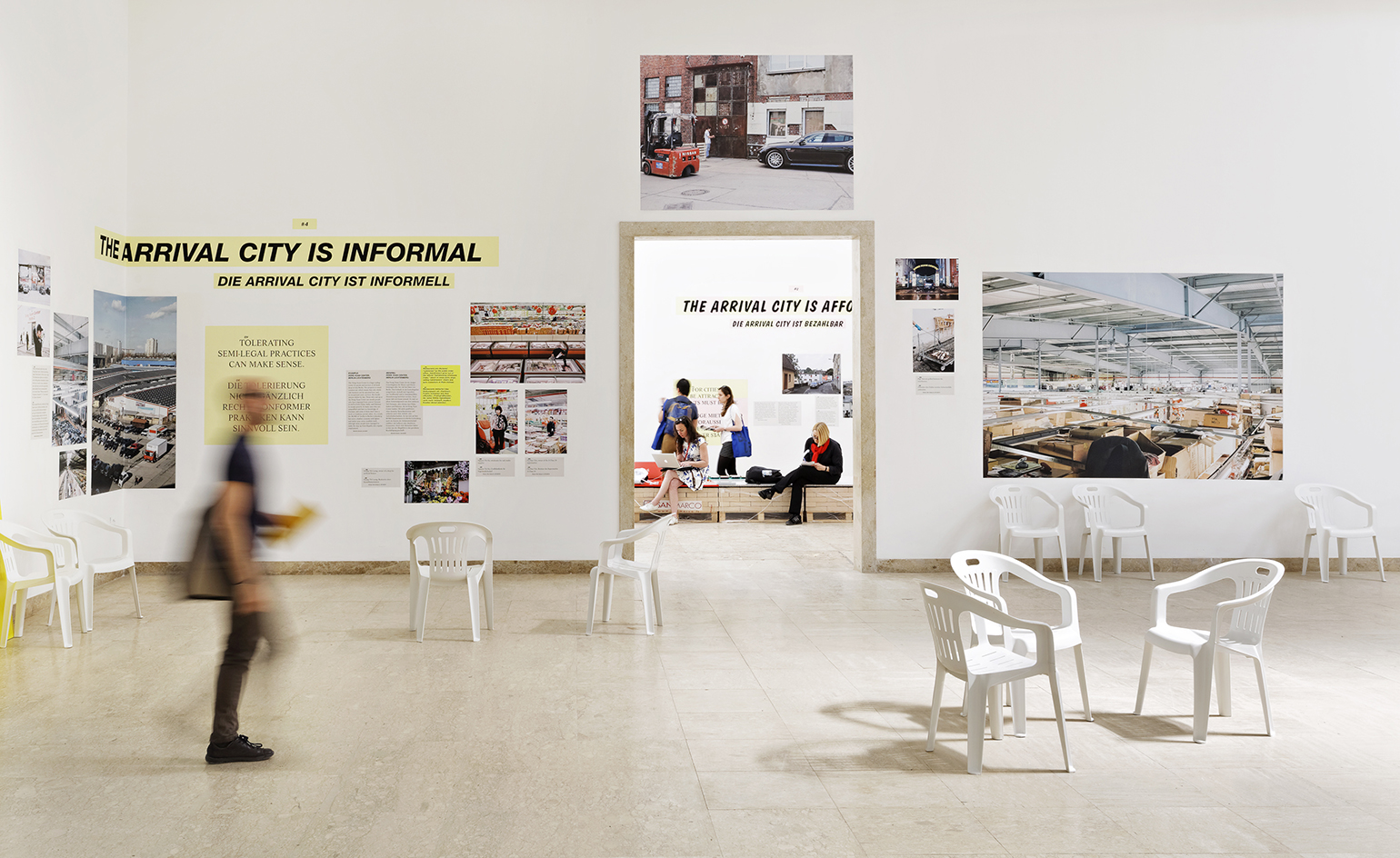
The Germans tackled head-on one of the past year's key issues – immigration – with their pavilion, dubbed 'Making Heimat'

Looking at the potential and challenges of Germany as an arrival country for immigrants, the pavilion's windows were left open throughout in a symbolic move
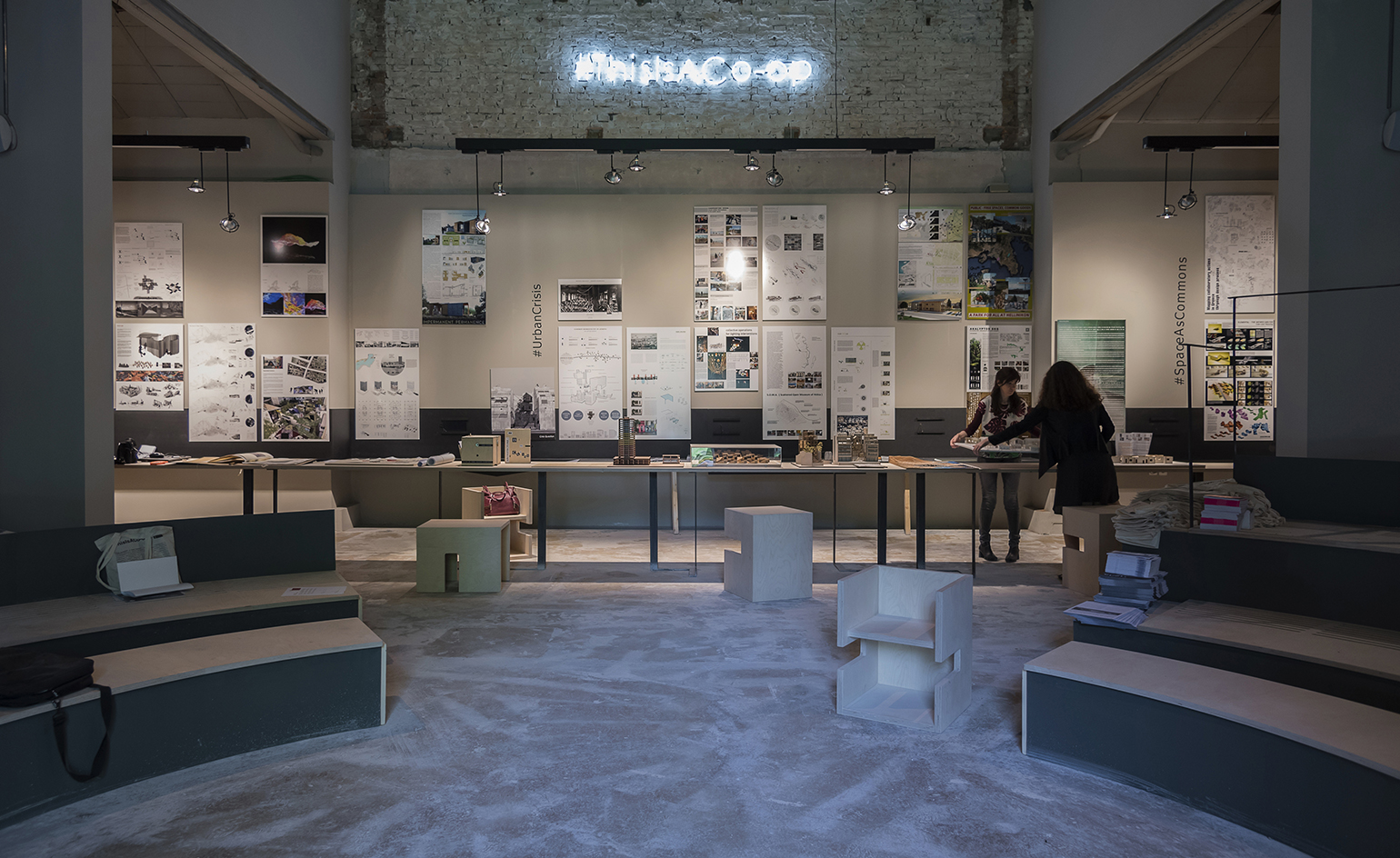
The Greek Pavilion – called '#ThisisaCo-op' – delves into the challenges, from housing to urban issues, that face the modern city.
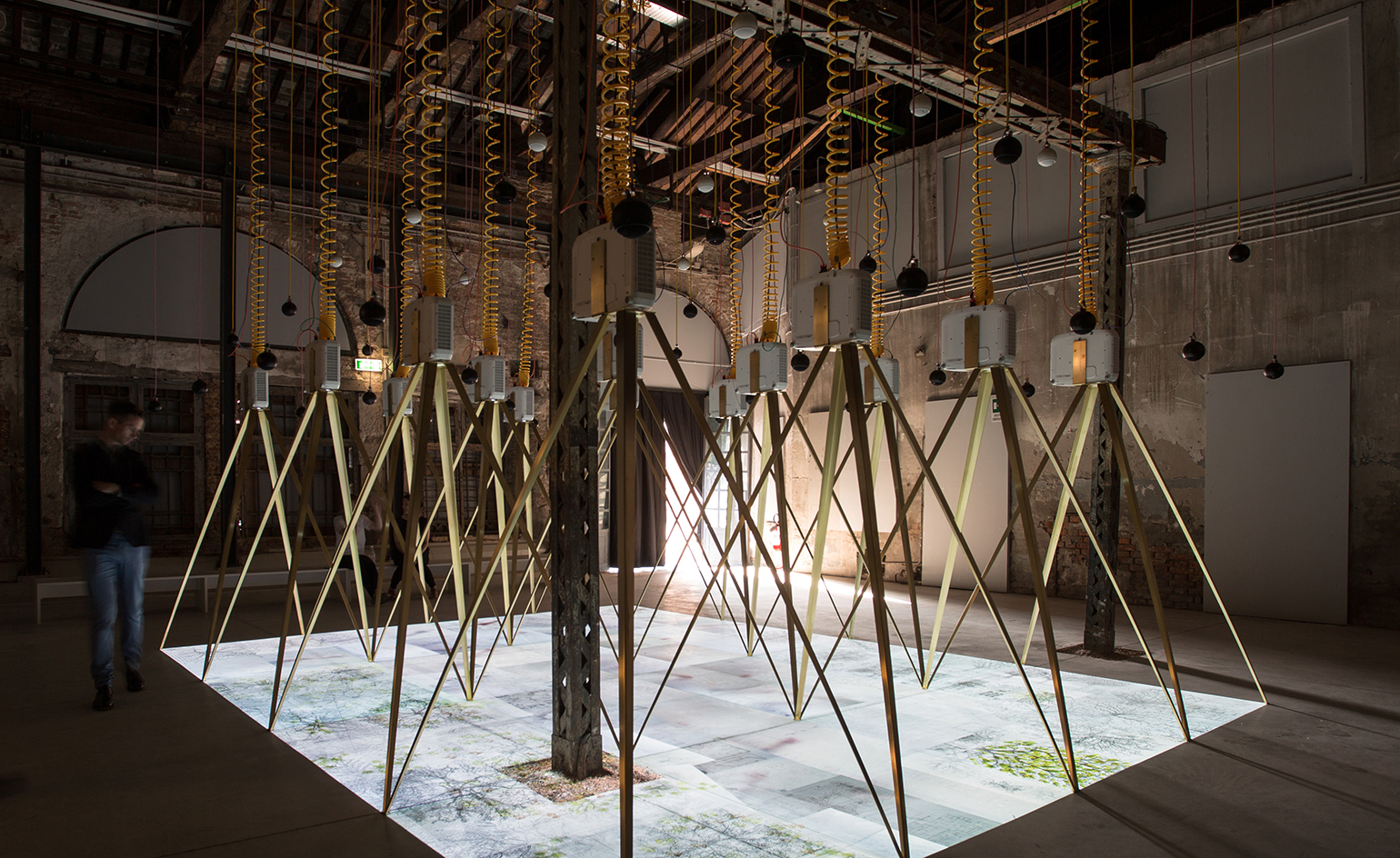
Curated by Niall McLaughlin and Yeoryia Manolopoulou, the Irish Pavilion, located in the Arsenale rooms, focuses on the effects of dementia.

Japan may have high youth unemployment and social issues, but the country aims to turn things around with the help of its great architecture.

Through this lens, the Japanese Pavilion looks at projects that have the potential to instigate social change.
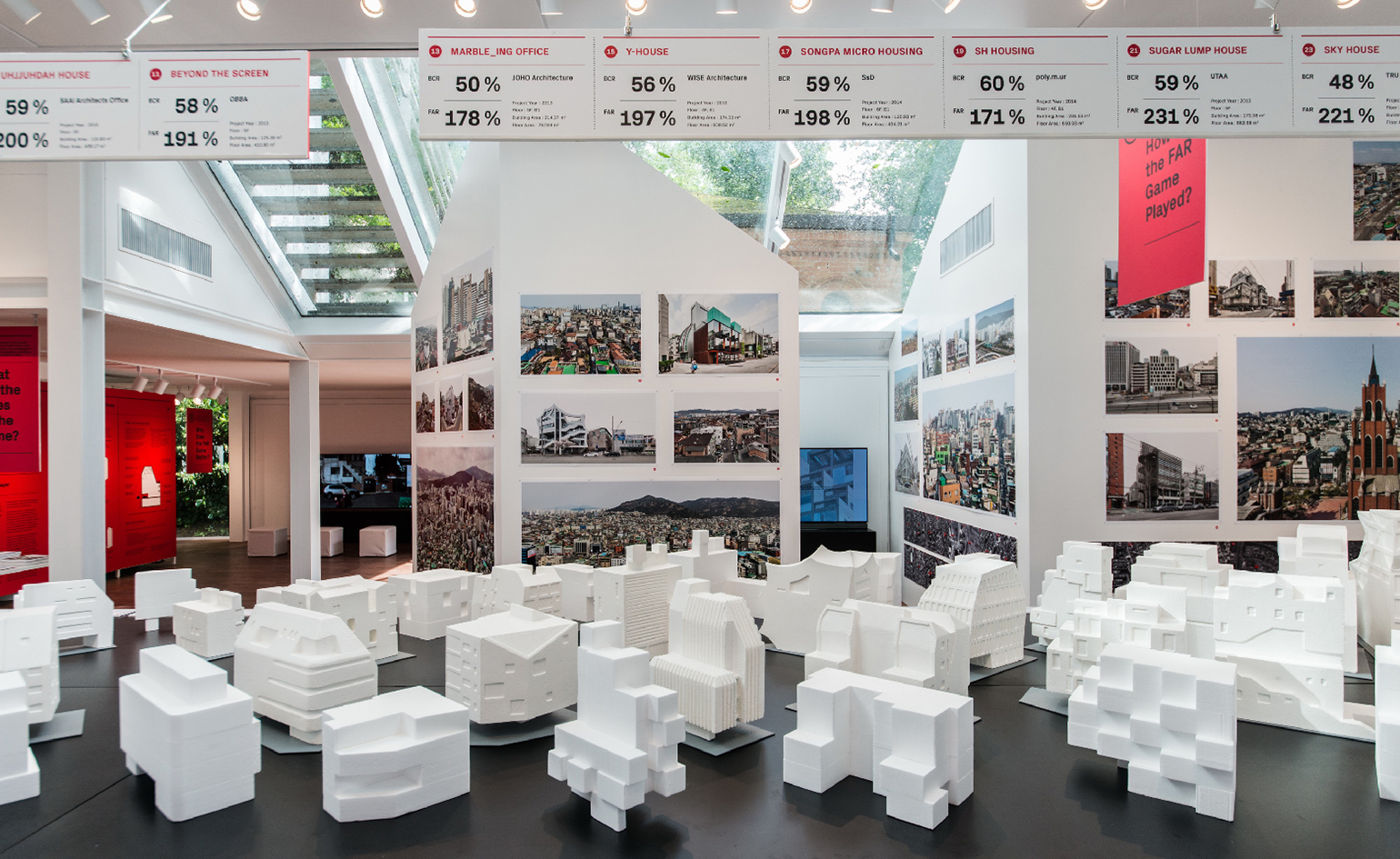
The Korean Pavilion also explores housing and the country's growing urban fabric
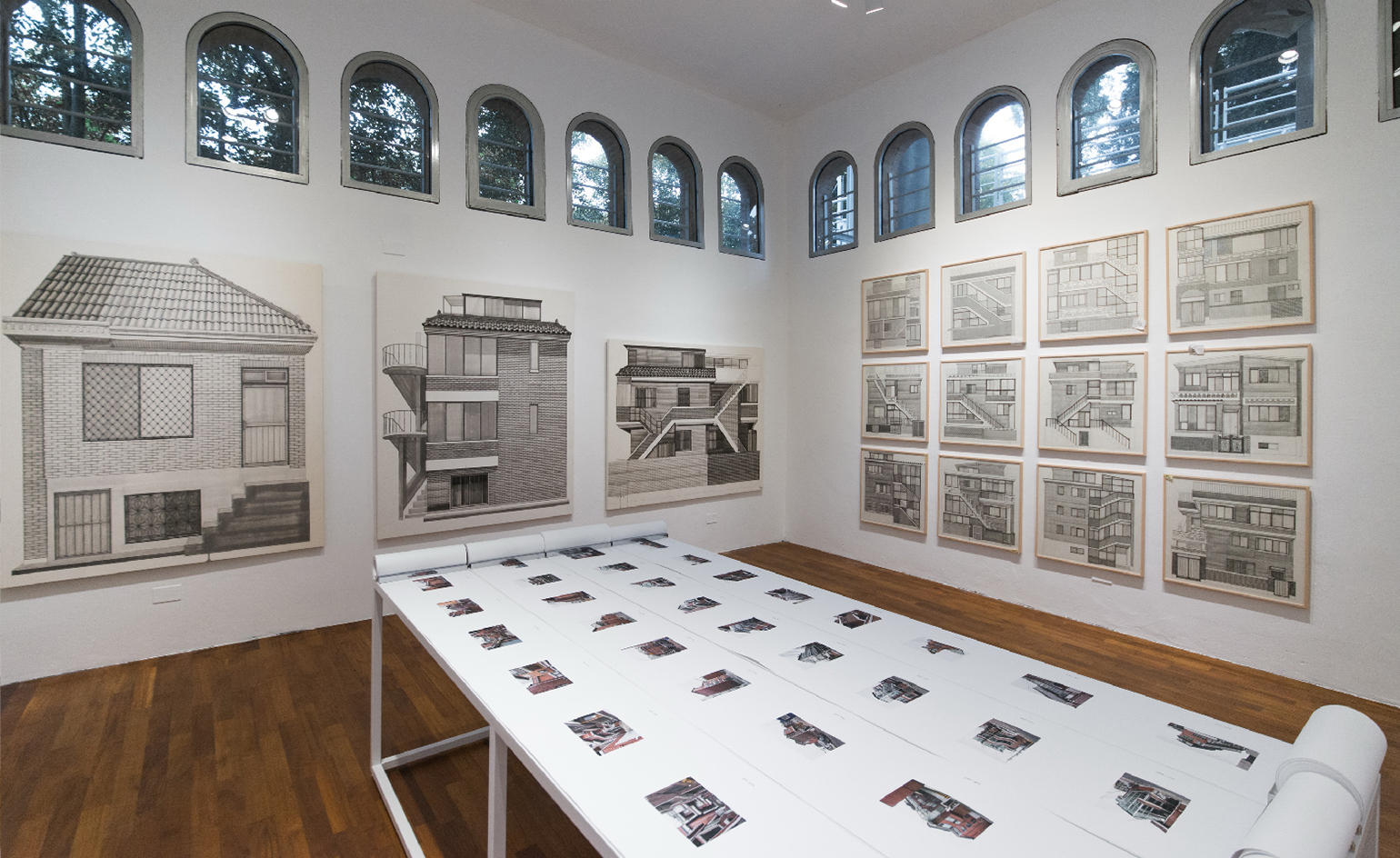
Examples showcase how Korean architects balance challenging issues, such as density, with inspiring architecture and strict building regulations

The New Zealand Pavilion, the country's second ever Venice participation, re-imagines the nation's architecture scene as a series of metaphorical islands

Simplicity ruled at the Nordic Countries Pavilion, where Norway, Finland and Sweden teamed up to launch a self-examination vehicle that looks back at the countries' achievements and discusses what comes next

Solo Galerie and Chilean architects Pezo von Ellrichshausen introduced a brand new pavilion at Venice's Giardini, called 'Vara'. The labyrinthine structure is a concrete exploration of space and routes

South Africa's participation looks at how active citizens are a country's best asset

Winners of the 2016 Golden Lion for Best Pavilion, the Spanish investigate their country's economic and construction crisis through a thought provoking and elegant installation.
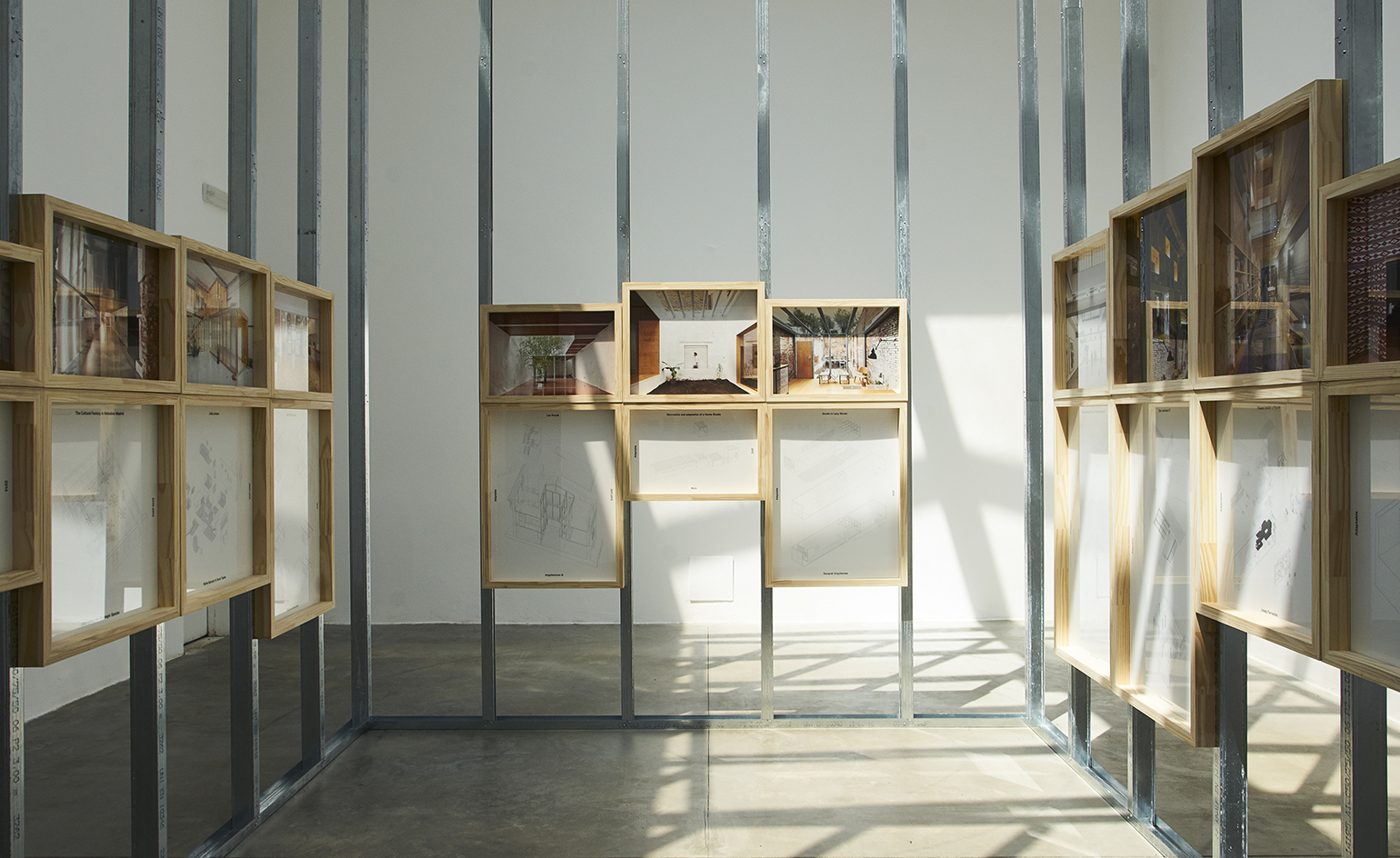
Photography meets great design in this display curated by the architects Iñaqui Carnicero and Carlos Quintáns
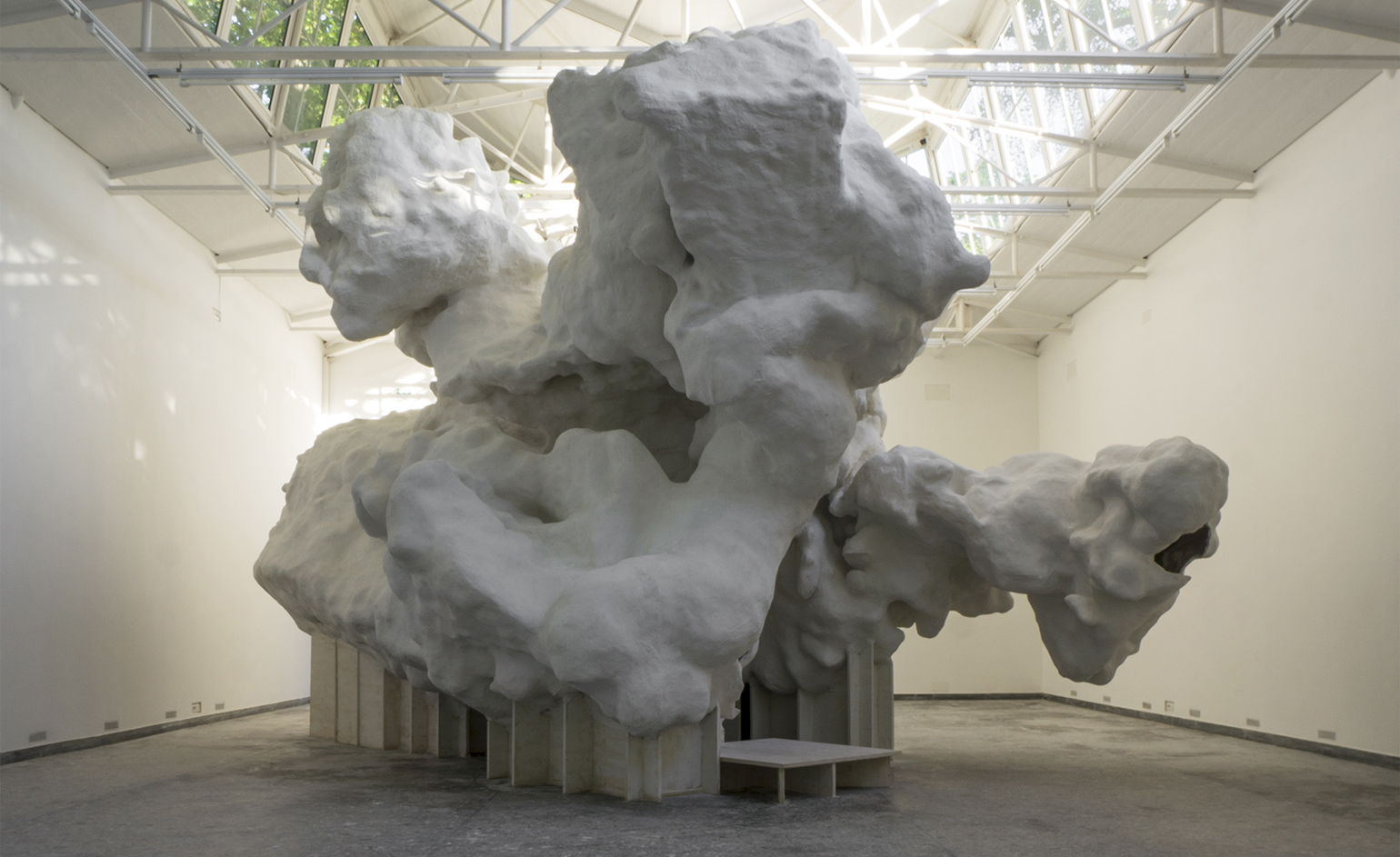
Christian Kerez's large, grey, inhabitable cloud dominates the Swiss Pavilion this year
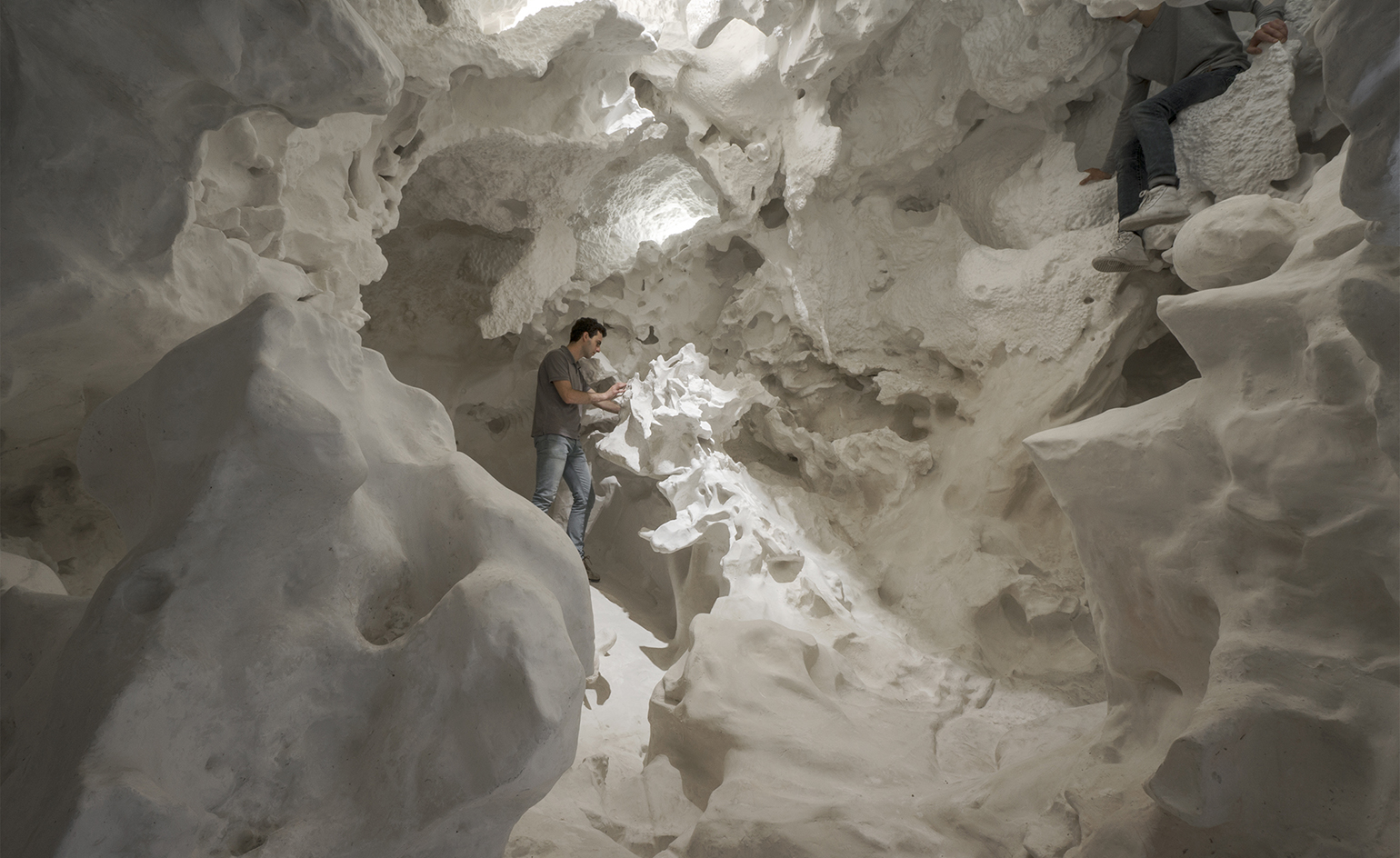
Visitors can climb into the dreamy space, which makes a point about experiencing architecture
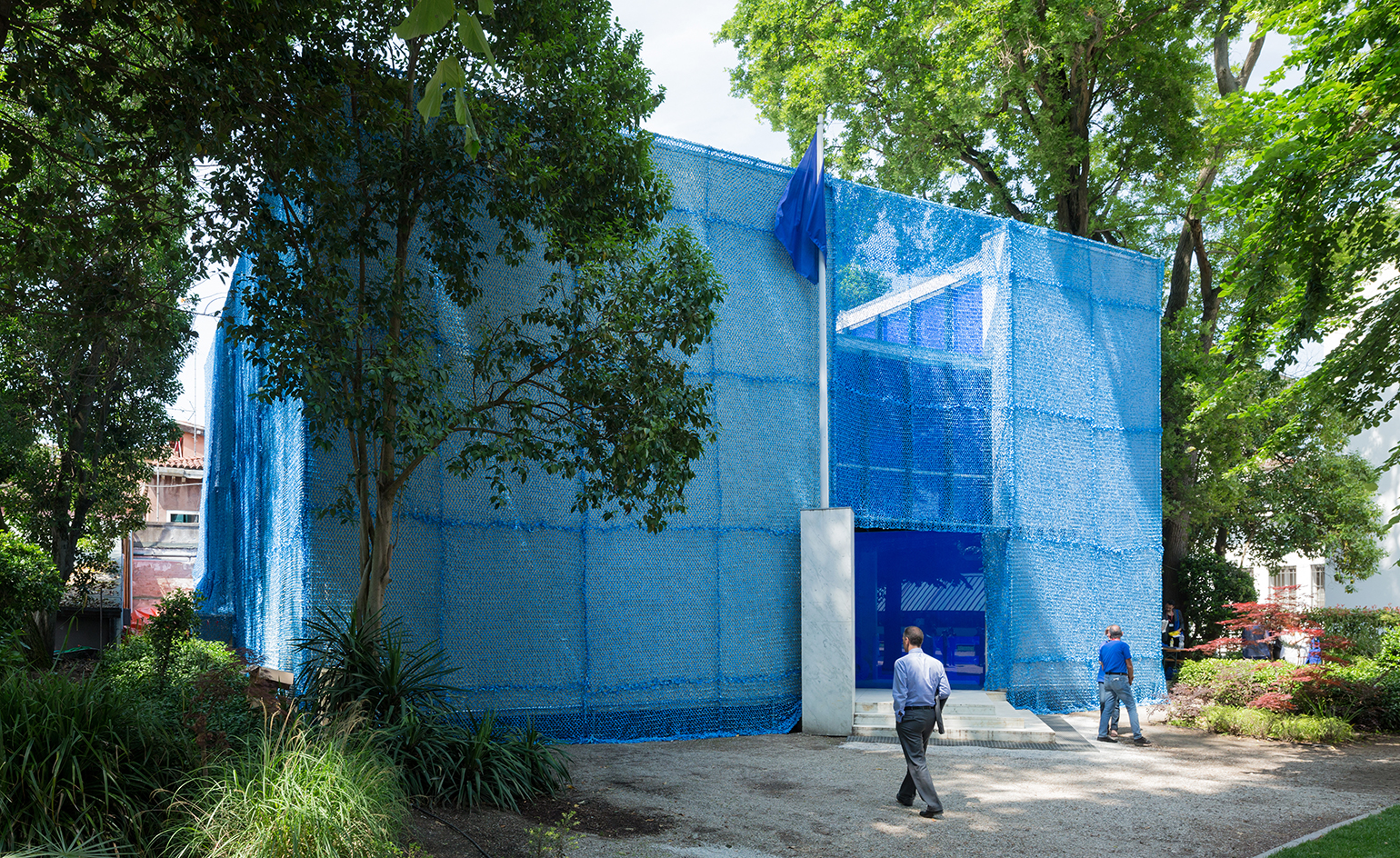
The Dutch Pavilion's new blue 'suit' hints at what's going on inside.
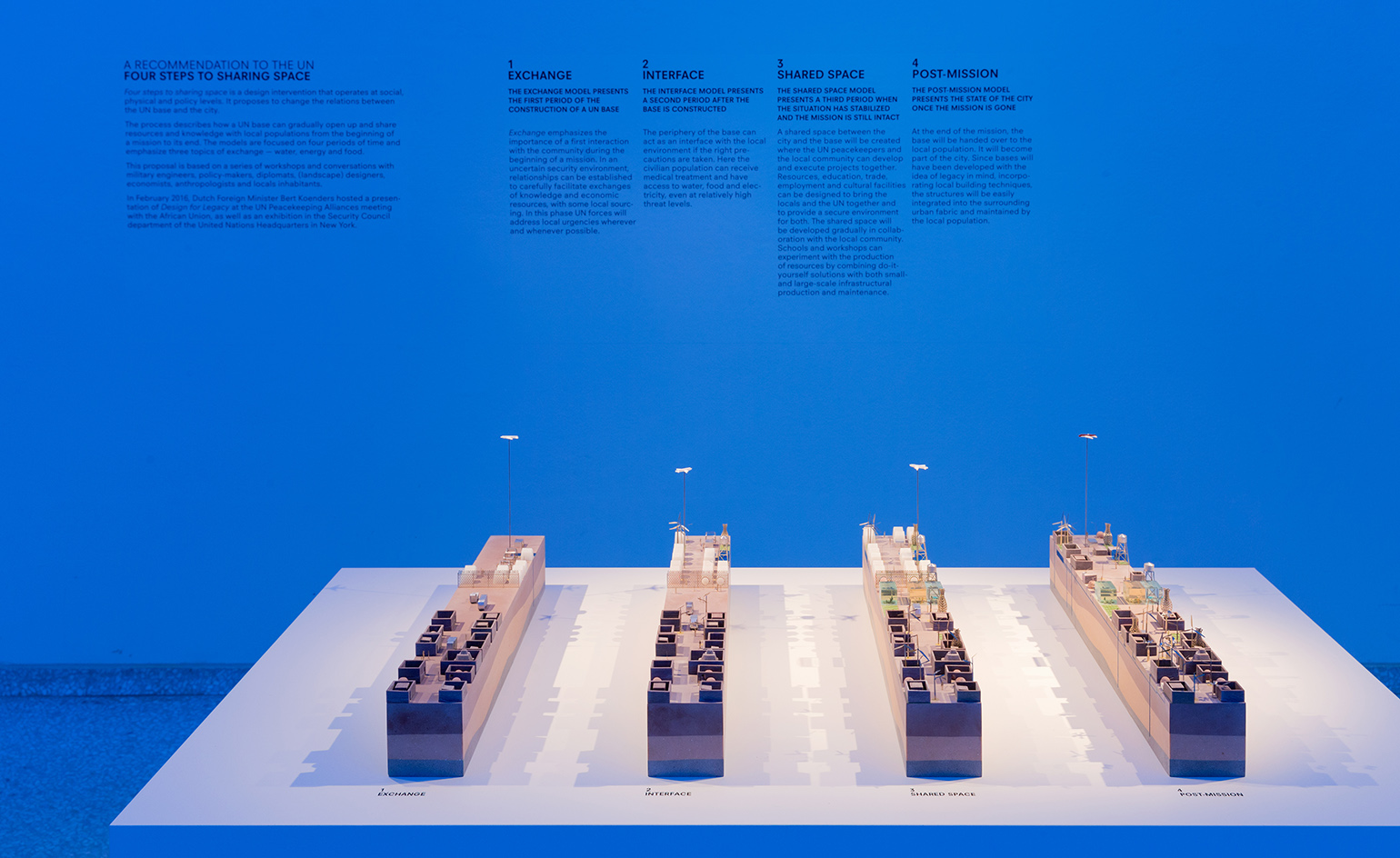
The Netherlands' theme this year revolves around the architecture of peacekeeping missions.

The Turkish Pavilion, in Arsenale's Sale d'Armi, takes its cue from port cities and docklands, and hangs a deconstructed boat from the ceiling
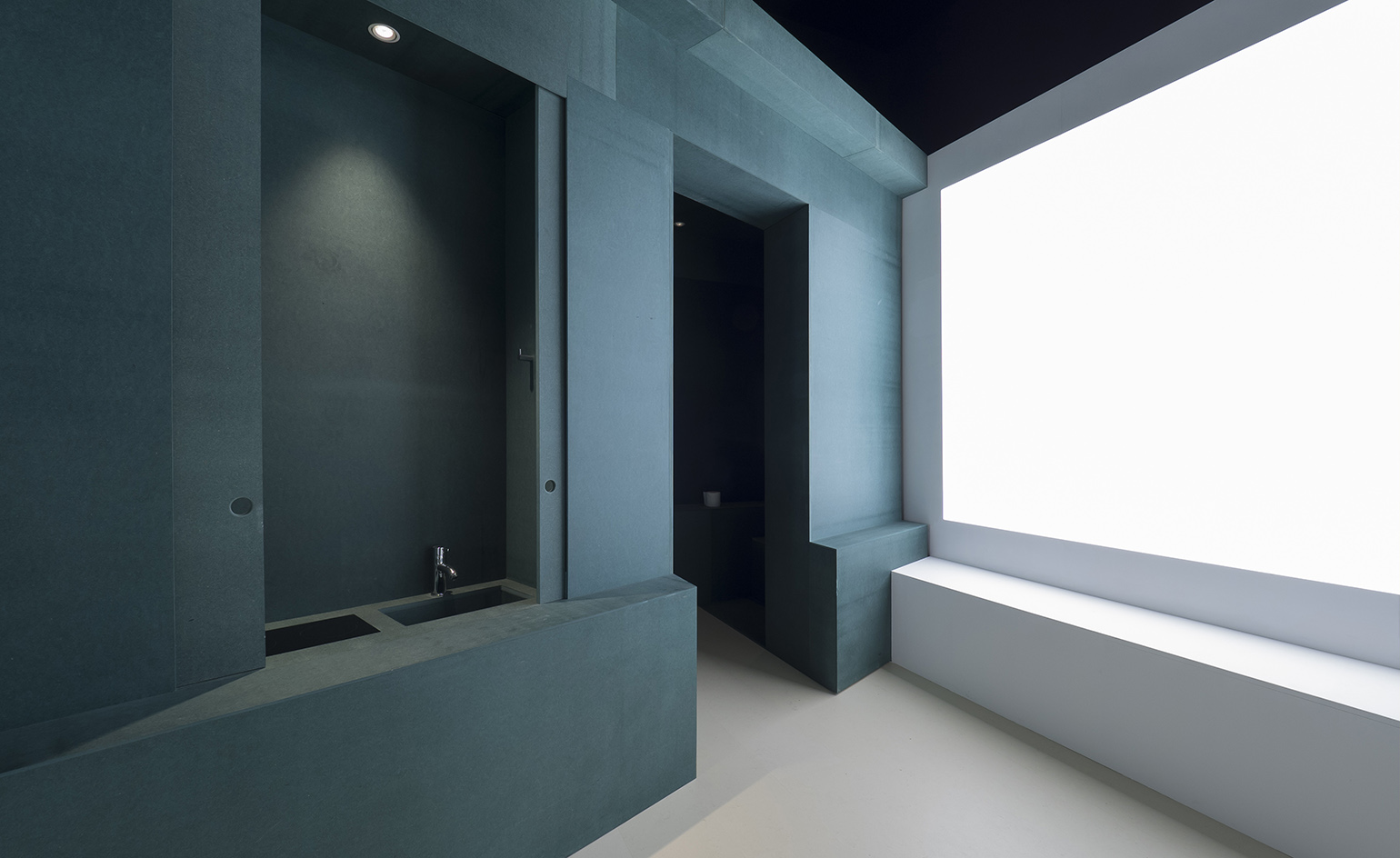
Meanwhile, the British Pavilion's explorations into the housing crisis and the way we live is broken down into five sections – hours, days, months, years and decades.

The 'Hours' element was curated by Jack Self, Shumi Bose and Finn Williams – also the pavilion's overall curatorial team.

The 'Years' room involves an installation by architect Julia King.

The US Pavilion looks at Detroit and a series of theoretical proposals to transform the city.

Participating practices include MOS, Preston Scott Cohen and A(n) Office

In response to Alejandro Aravena’s main exhibition theme, Singapore’s 5th participation to the Biennale, titled 'Space to Imagine, Room for Everyone', highlights the country's smaller ‘battles’ and new cultural identities, developing between regions and communities.

Accompanied by artifacts and footage, the exhibition's 81 unique lanterns contain photographs, offering a peek into the homes of Singaporeans living in public housing.
INFORMATION
The Venice Architecture Biennale runs until 27 November. For more information visit the Biennale’s website
Receive our daily digest of inspiration, escapism and design stories from around the world direct to your inbox.
Ellie Stathaki is the Architecture & Environment Director at Wallpaper*. She trained as an architect at the Aristotle University of Thessaloniki in Greece and studied architectural history at the Bartlett in London. Now an established journalist, she has been a member of the Wallpaper* team since 2006, visiting buildings across the globe and interviewing leading architects such as Tadao Ando and Rem Koolhaas. Ellie has also taken part in judging panels, moderated events, curated shows and contributed in books, such as The Contemporary House (Thames & Hudson, 2018), Glenn Sestig Architecture Diary (2020) and House London (2022).
-
 Usher opens up about breakfast playlists, banana pudding and why a glass tumbler is always on his rider
Usher opens up about breakfast playlists, banana pudding and why a glass tumbler is always on his riderOn the heels of a collaboration with Baccarat, the Grammy-winning singer-songwriter breaks down his entertaining tips. 'Hosting is an expression of how you feel about your guests and also who you are.'
-
 The beauty trends that will define 2026, from ultra-niche fragrances to anti-ageing dental care
The beauty trends that will define 2026, from ultra-niche fragrances to anti-ageing dental careAs we enter the new year, we speak to experts in fragrance, skincare, aesthetics, wellness and more about the trends that will be shaping the way we look
-
 The most stylish hotel debuts of 2025
The most stylish hotel debuts of 2025A Wallpaper* edit of this year’s defining hotel openings. Design-led stays to shape your next escape
-
 Modernist Palazzo Mondadori’s workspace gets a playful Carlo Ratti refresh
Modernist Palazzo Mondadori’s workspace gets a playful Carlo Ratti refreshArchitect Carlo Ratti reimagines the offices in Palazzo Mondadori, the seminal work by Brazilian master Oscar Niemeyer in Milan
-
 Wang Shu and Lu Wenyu to curate the 2027 Venice Architecture Biennale
Wang Shu and Lu Wenyu to curate the 2027 Venice Architecture BiennaleChinese architects Wang Shu and Lu Wenyu have been revealed as the curators of the 2027 Venice Architecture Biennale
-
 At the Holcim Foundation Forum and its Grand Prizes, sustainability is both urgent and hopeful
At the Holcim Foundation Forum and its Grand Prizes, sustainability is both urgent and hopefulThe Holcim Foundation Forum just took place in Venice, culminating in the announcement of the organisation's Grand Prizes, the projects especially honoured among 20 previously announced winning designs
-
 Carlo Ratti reflects on his bold Venice Architecture Biennale as it closes this weekend
Carlo Ratti reflects on his bold Venice Architecture Biennale as it closes this weekendThe Venice Architecture Biennale opens with excitement and fanfare every two years; as the 2025 edition draws to a close, we take stock with its curator Carlo Ratti and ask him, what next?
-
 Step inside Casa Moncler, the brand’s sustainable and highly creative Milanese HQ
Step inside Casa Moncler, the brand’s sustainable and highly creative Milanese HQCasa Moncler opens its doors in a masterfully reimagined Milanese industrial site, blending modern minimalism and heritage, courtesy of ACPV Architects Antonio Citterio Patricia Viel
-
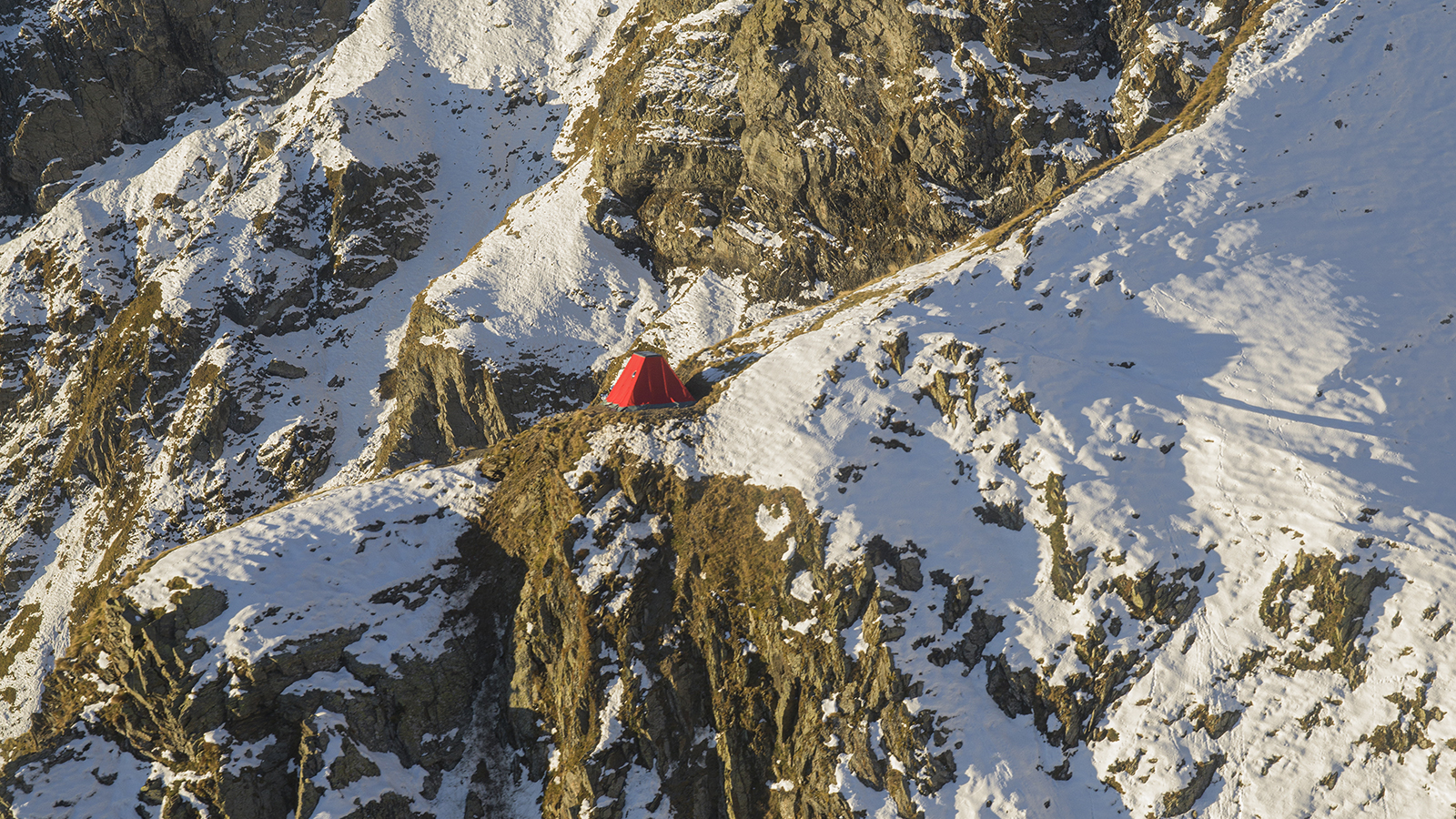 Aldo Frattini Bivouac is a mountain shelter, but not as you know it
Aldo Frattini Bivouac is a mountain shelter, but not as you know itA new mountain shelter on the northern Italian pre-Alp region of Val Seriana, Aldo Frattini Bivouac is an experimental and aesthetically rich, compact piece of architecture
-
 The 2026 Winter Olympics Village is complete. Take a look inside
The 2026 Winter Olympics Village is complete. Take a look insideAhead of the 2026 Winter Olympics, taking place in Milan in February, the new Olympic Village Plaza is set to be a bustling community hub, designed by Skidmore, Owings & Merrill
-
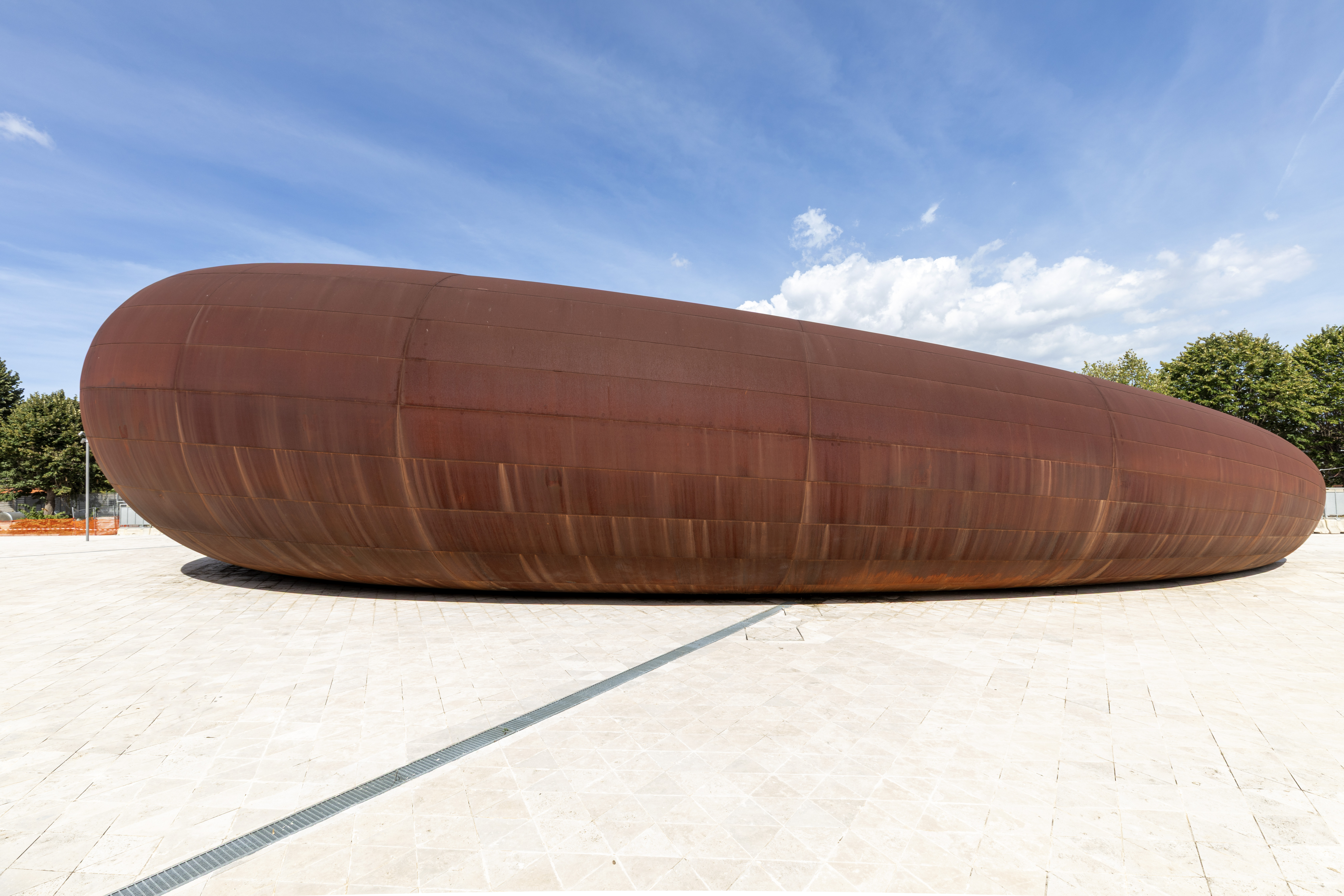 Anish Kapoor designs Naples station as a reflection of ‘what it really means to go underground’
Anish Kapoor designs Naples station as a reflection of ‘what it really means to go underground’A new Naples station by artist Anish Kapoor blends art and architecture, while creating an important piece of infrastructure for the southern Italian city